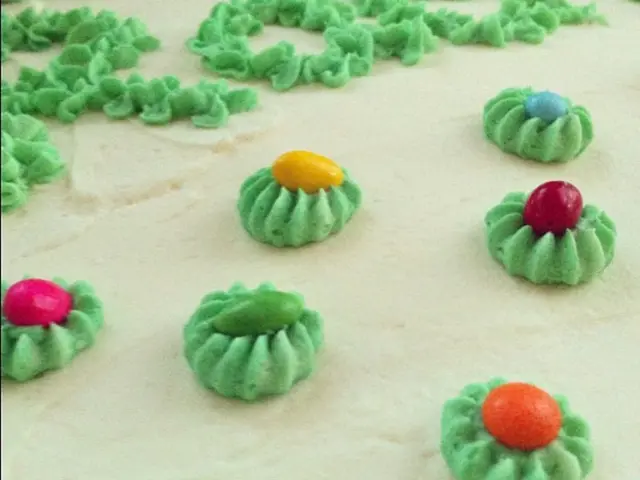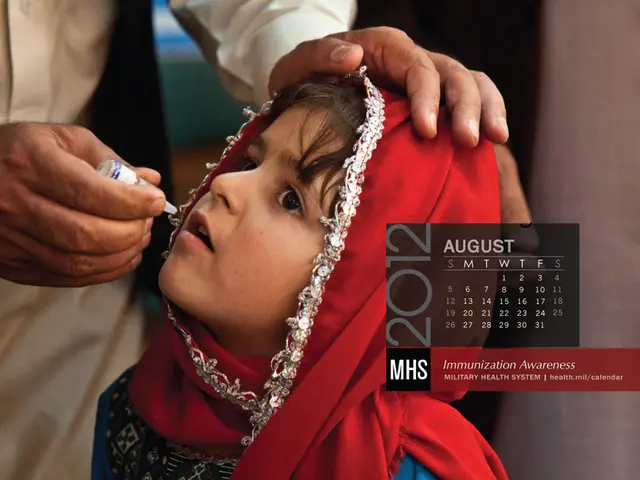Cozy Cold-weather Baby Diapering Tips: Keeping Your Little One Toasty
Warm and Comfortable Winter Diapering: A Guide for Parents
Winter can be challenging when it comes to diapering, but with the right strategies, you can ensure your baby stays warm and comfortable. Here are some tips to help you navigate the colder months.
Creating a Warm Atmosphere
A warm diaper-changing area is crucial for your baby's comfort. Use a room heater or adjust the thermostat to maintain a cozy temperature, ideally between 68-72°F (20-22°C). A reliable room thermometer will help you monitor the temperature regularly.
Layering for Warmth
Start with breathable base layers. Long-sleeve onesies or footed sleepers made of cotton or bamboo are excellent choices. They are soft, breathable, and gentle on sensitive skin, helping regulate temperature and reduce irritation.
Add a warm sleep sack (wearable blanket). Choose ones made of breathable fabrics like cotton or wool rather than fleece if the room is warm. Sleep sacks keep babies cozy without restricting arm movement.
Avoid excessive or bulky layering. Instead, use a few thoughtful layers to maintain a cozy but not overheated environment. Overheating risks include sweating and discomfort, so check the baby’s neck to see if they are too warm or slightly cool and adjust accordingly.
Choosing the Right Diapering Accessories
Use elastic-waisted, loose-fitting bottoms and legwarmers to make diaper changes easy and keep legs warm. Thermal leggings or tights serve as an extra layer of defense against the cold during diapering.
Diaper ointments or creams with warming agents can help prevent rashes and provide additional warmth to the baby's skin. Look for creams containing soothing ingredients like chamomile, calendula, or shea butter.
Some reusable warmers are specifically designed for changing tables, providing consistent warmth without the risk of overheating. Select diapers with extra absorbency to prevent leaks and discomfort during winter.
Ensuring Comfort During Cleaning
Using heated wipes or warm water for cleaning is crucial for the baby's comfort. This can be achieved by using a wipe warmer, placing wipes near a heater, or moisten them with comfortably warm water.
Preventing Overheating and Chills
Monitor for signs of overheating or chills. Sweat on the neck or head, flushed cheeks, or clammy skin are signs the baby is too warm. On the other hand, if your baby is cold, they might exhibit shivering, cool skin, or seem unusually quiet or lethargic.
Warming up the changing table surface can be achieved by using a heating pad or a warm towel. In extreme winter conditions, avoid spending extended periods outside. Keep outdoor activities short and ensure that your baby is bundled up properly to minimize their exposure to the cold.
Protecting Exposed Skin
Protect exposed skin with gentle moisturizers or balms. Look for products specifically designed for babies to ensure they are safe and gentle on their delicate skin.
Choosing diapers with thermal protection is essential during winter for baby comfort and warmth. By following these tips, you can make winter diapering a comfortable experience for both you and your baby.
- In the winter, ensuring a warm diaper-changing area for kids is essential for their comfort, as maintaining a room temperature between 68-72°F (20-22°C), using a room heater or adjusting the thermostat, will provide an ideal atmosphere.
- In cold weather, utilizing breathable base layers like long-sleeve onesies or footed sleepers made of cotton or bamboo is necessary for warmth, temperature regulation, and skin comfort.
- A warm sleep sack, chosen from breathable fabrics like cotton or wool, keeps the baby cozy without restricting arm movement in the winter while avoiding excessive layering.
- Parents should select elastic-waisted, loose-fitting bottoms, legwarmers, and thermal leggings or tights for easy diaper changes and additional cold defense during diapering.
- When it comes to diaper accessories, using diaper ointments or creams containing warming agents, soothing ingredients like chamomile, calendula, or shea butter, reusable warmers for tables, and diapers with extra absorbency can help prevent rashes, provide additional warmth, ensure consistent warmth, and prevent leaks.
- During cleaning, using heated wipes or warm water, such as those from a wipe warmer, heater, or warm water, provides comfort and reduces discomfort for babies. Additionally, protecting exposed skin with gentle moisturizers or balms specifically designed for babies and using diapers with thermal protection can help maintain a comfortable and warm winter diapering experience for both parents and kids, while ensuring the baby's safety, health, and wellness.




